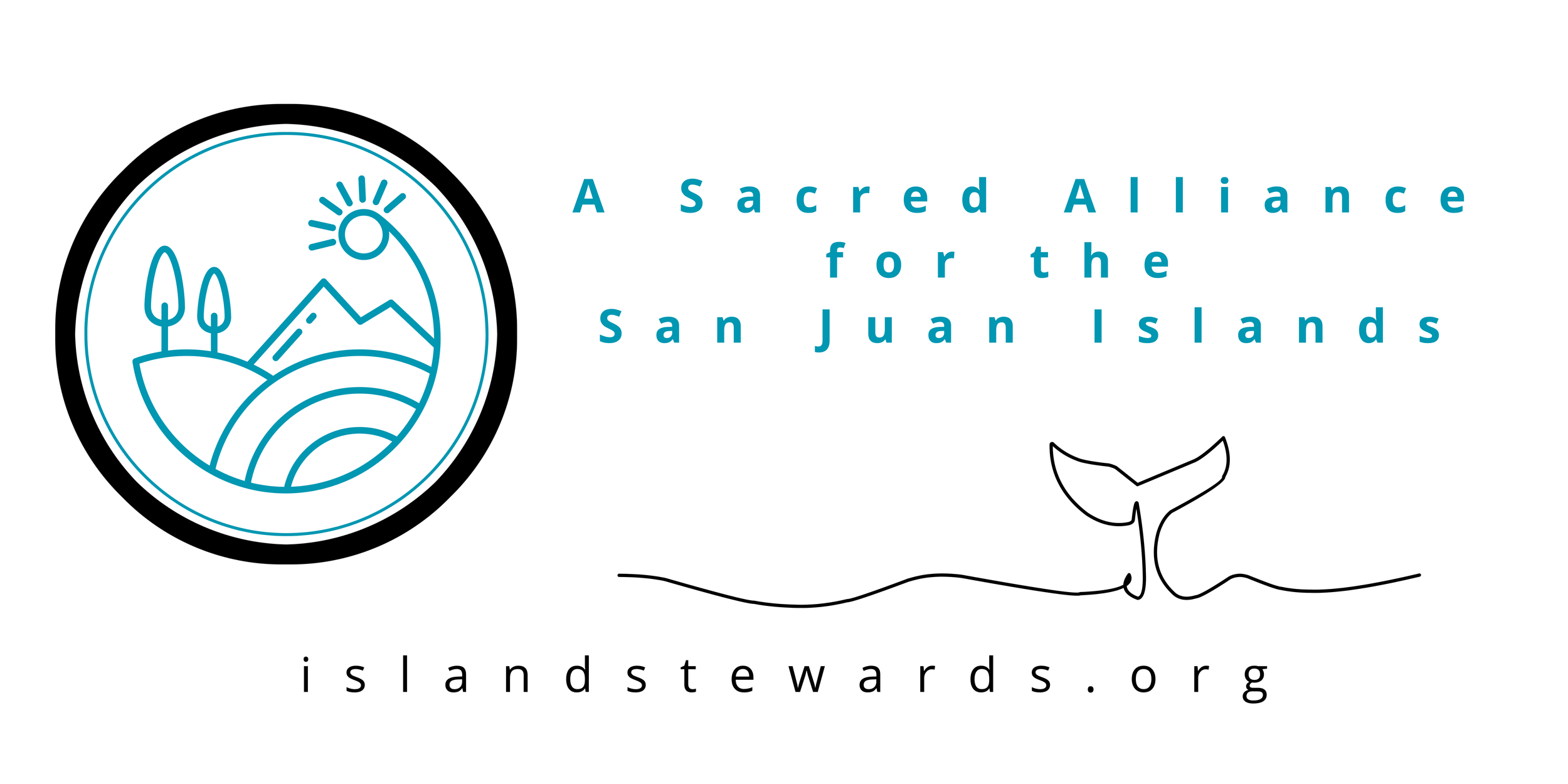Goldilocks Gate 2025:
What We Heard – Let's Dive Deeper
In the first round of our survey, you told us what’s working, what’s not, and what’s on the line. The responses were clear, heartfelt, and striking in their consistency — a collective voice rising from different islands but pointing toward the same crossroads. (View Current Results Here: https://docs.google.com/forms/u/2/d/e/1FAIpQLSc8w5tQFnxaWasvU3VkLtLYqp3SRY1sHbKDu2JgU7r0gnGVsg/viewanalytics?usp=form_confirm )
Cascade Lake, Orcas Island
Here’s what stood out:
The Soul of the Islands Feels Fragile.
Many people described moving here — or staying here — because of something intangible: peace, beauty, belonging, a rhythm of life that doesn’t match the mainland. But now, those same qualities feel increasingly under threat. It’s not just about development. It’s about a growing sense that we’re losing what made this place different in the first place.
Growth Without Limits Has Consequences.
Again and again, residents pointed to visible signs that the islands are under stress: wells running dry in the summer, overwhelmed ferries, overburdened septic systems, power warnings from OPALCO, and forests being cleared for oversized second homes. Many shared a sense that we’re no longer planning around what the islands can realistically support — we’re reacting to pressure from tourism, remote work, and unchecked development. The call wasn’t just to slow down growth — it was for concrete accountability: buildout studies to assess how many people the islands can sustainably support, audits of water, power, and sewer capacity, and clear policies rooted in ecological limits, not market demand. The message was consistent: if we don’t draw the line somewhere, nature — and our communities — will do it for us.
Housing Isn’t Just a Market Problem. It’s a Systemic One.
Affordable housing came up again and again — but not just as an issue of price. Many pointed to the disconnect between the housing that’s being built (large, seasonal, investment-driven) and the housing that’s needed (ADU’s, homesteads, rental units for year-round workers). What’s at stake isn’t just affordability — it’s whether the islands can still function as communities.
Equity, Not Exclusion.
While some feared that calling for a “population cap” could lead to gatekeeping or exclusion, the vast majority of responses pointed toward a different kind of concern: that the very people who care for the islands — teachers, farmers, EMTs, elders, tradespeople, caregivers — are being priced out or pushed out, even as development and tourism expand. The issue isn’t about keeping people away; it’s about building systems that make it possible for essential workers, multi-generational families, and stewards of the land to remain. Respondents spoke of second homes sitting empty, short-term rentals outcompeting long-term housing, and infrastructure built to serve visitors rather than residents. In that context, "managed growth" wasn't seen as anti-change — it was seen as the only way to preserve a functioning, inclusive, and rooted community.
Where and How We Grow Matters.
People echoed the call to preserve our historic development pattern — small shoreline villages surrounded by open space and forest. When we deviate from that model, we lose the essence of the islands. There’s strong resistance to suburban sprawl, urban services in rural areas, and land use decisions that ignore the natural limitations of this place.
Infrastructure Is Cracking Under the Weight.
Our roads, ferries, power, water, and public services were never built for this level of pressure. Tourism intensifies it — especially when it’s poorly managed. Many called for offset policies, limits on vacation rentals, ferry prioritization for residents, and a rethinking of how much infrastructure growth is even possible on small, interdependent islands.
People Are Tired — But Still Hopeful.
Some residents wrote with grief. Others with anger. A few said they’re planning to leave. But through it all ran a quiet resilience — a sense that we’ve been through hard things before and that something better is still possible. If enough people speak up, and if leaders listen with courage, the next chapter doesn’t have to be one of loss.
Next Step: Speak Up in Goldilocks Survey 2.0
The first survey gave us a powerful snapshot of how people feel. Now we’re digging deeper.
This next round asks you to weigh in on land use, infrastructure, tourism impacts, and what a livable future really means in island terms. Your input will help shape the priorities that guide how — and where — we grow.
If you live here, love it here, or depend on these islands — this is your moment.
Take the Deeper Dive on Goldilocks:
https://docs.google.com/forms/d/e/1FAIpQLSd3IFz1m4UZdidTHi0HlzyI72QDzdFbIFv9Z2u8uF34RtPRtA/viewform
San Juan Islands
Thank you for being part of the conversation.
—The Island Stewards Team
Rooted here. Planning ahead.


